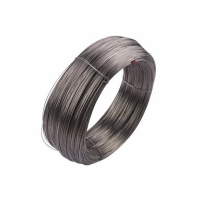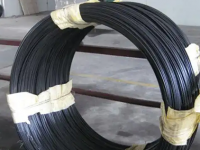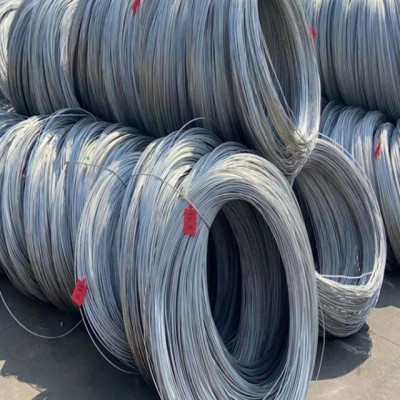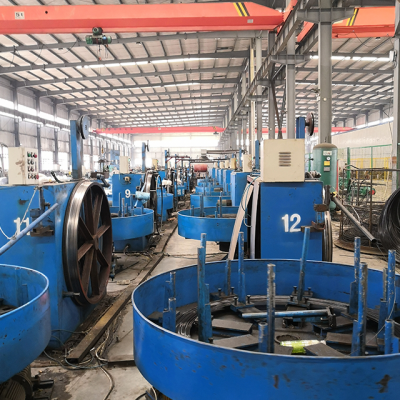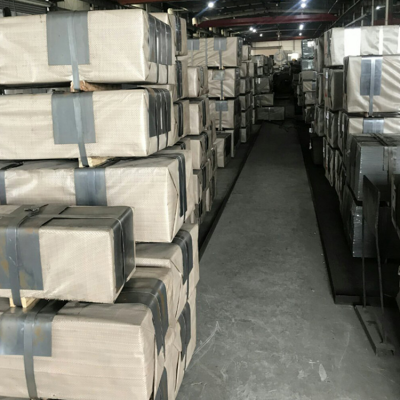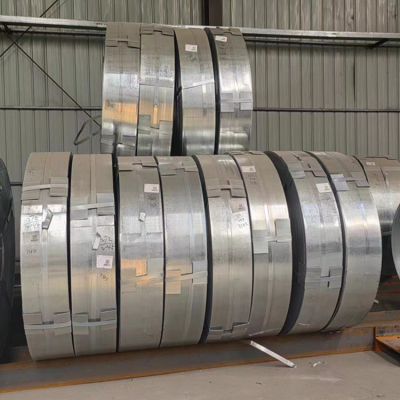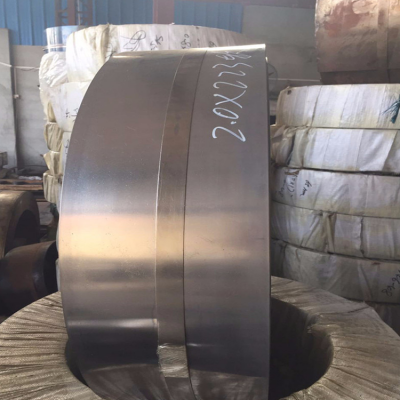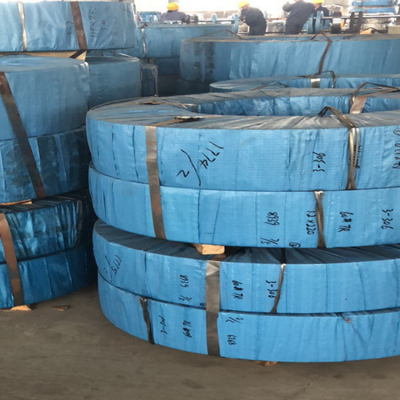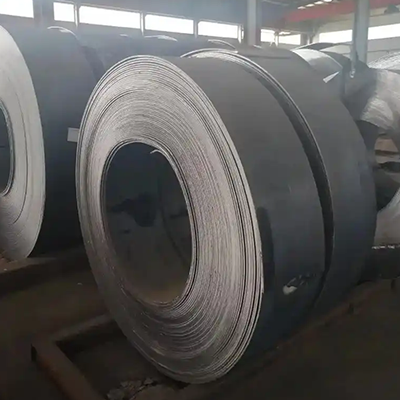
Oil tempered spring steel wire is a key component in many industrial applications, from automotive to construction. In order to meet the growing demand for this type of wire, specialized production workshops have been established. In this article, we will explore the production process of oil tempered spring steel wire.
The first step in producing oil tempered spring steel wire is to select high-quality raw materials. The primary material used is high-carbon steel wire, which is sourced from reputable suppliers. The wire is then cleaned and treated to remove any impurities and prepare it for the next stage of production.
The wire is then coiled and fed through a furnace, where it is heated to a temperature of around 850 degrees Celsius. This process is known as austenitizing, and it is a critical step in the production of oil tempered spring steel wire. The high temperature causes the wire to become austenitic, which means that its crystal structure changes and it becomes more malleable and easier to work with.
Once the wire has been austenitized, it is then quenched in oil. This process rapidly cools the wire and causes it to harden, which is necessary to achieve the desired properties of oil tempered spring steel wire. The oil quenching process also helps to refine the grain structure of the wire, making it stronger and more durable.
After quenching, the wire is then tempered in a furnace at a temperature of around 400 degrees Celsius. This process relieves the internal stresses caused by the quenching process and helps to improve the wire's toughness and ductility. The tempering process is critical to ensuring that the wire has the right balance of strength and flexibility for its intended application.
Finally, the wire is cleaned and inspected to ensure that it meets the required standards for diameter, surface finish, and tensile strength. The finished wire is then coiled and packaged for shipping to customers.
In conclusion, the production of oil tempered spring steel wire is a complex process that requires specialized equipment and expertise. The quality of the raw materials, the precision of the heating and cooling processes, and the skill of the technicians all play a critical role in ensuring that the finished product meets the high standards required for industrial applications.
View document


 English
English 日本
日本 한국인
한국인 Français
Français Deutsch
Deutsch español
español Italiano
Italiano Portugal
Portugal Việt Nam
Việt Nam türkiye
türkiye عرب
عرب Русский
Русский čeština
čeština แบบไทย
แบบไทย Eesti
Eesti Gaeilge
Gaeilge Hmoob
Hmoob íslenskur
íslenskur Cymraeg
Cymraeg български
български اردو
اردو Polski
Polski Hrvatski
Hrvatski українська
українська bosanski
bosanski فارسی
فارسی lietuvių
lietuvių latviski
latviski עִברִית
עִברִית Română
Română Ελληνικά
Ελληνικά dansk
dansk Magyar
Magyar norsk
norsk Suomalainen
Suomalainen Nederlands
Nederlands svenska
svenska slovenský
slovenský Slovenščina
Slovenščina हिंदी
हिंदी Indonesia
Indonesia Melayu
Melayu Malti
Malti Kreyòl ayisyen
Kreyòl ayisyen català
català বাংলা
বাংলা Српски
Српски o'zbek
o'zbek

